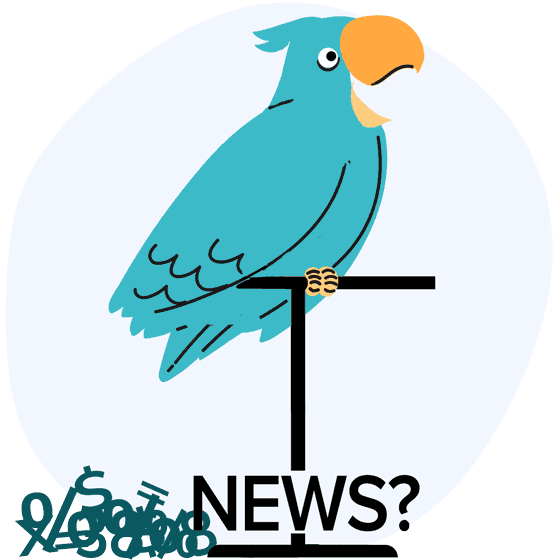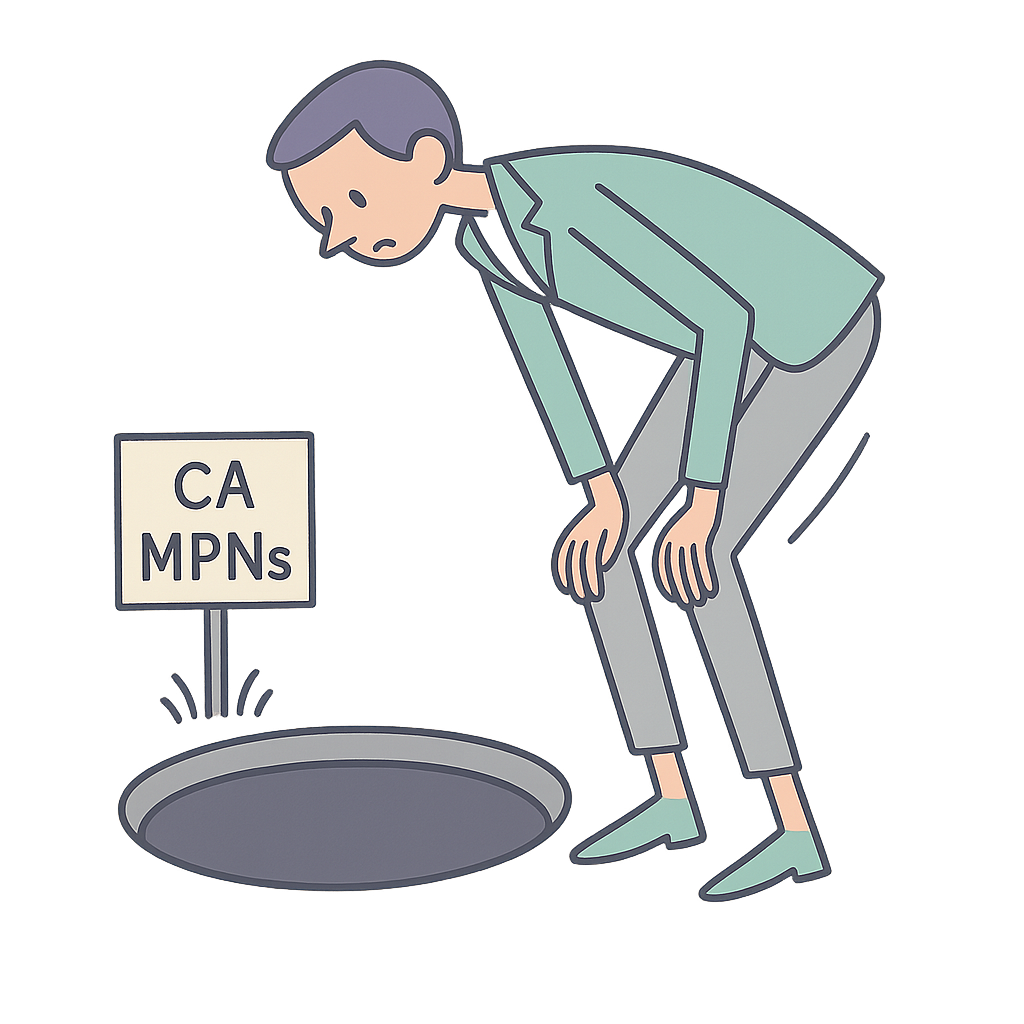NY e-Billing: Lessons From WCB Q&A Webinar

It’s official: New York State providers must now bill electronically (e-bill) for workers’ comp patients.
In the lead-up to the August 1 deadline, the state’s Workers’ Compensation Board (WCB) held a series of helpful webinars, including one devoted solely to Q&A from providers about e-billing, the mandatory CMS-1500 form, and more.
We commend the WCB for its consistent proactivity over the last several months (and more) to help prepare providers for this transition.
Below, we share the most important new insights from the most recent Q&A session.
Q: Can NY providers opt out of e-billing?
A: Nope. According to the WCB, all healthcare providers “regardless of office size or patient population” must bill electronically through an approved Electronic Submission Partner.
That includes submitting the e-bill and required attachments to the payer and submitting the e-bill, attachments, and payer verification of receipt in Extensible Markup Language (XML) format to the WCB—all of which your Submission Partner can handle on your behalf.
The WCB repeatedly stressed that this is good news:
- e-Billing = faster payment
- e-Bill transmission is timestamped and tracked for payment
- The cost to practices can be negligible or non-existent thanks to billing code 99080
Q: What happens now if a provider is not e-billing?
A: If you submit a non-electronic bill, the payer will return an Explanation of Review/Benefits (EOR/EOB) that references Claim Adjustment Reason Code (CARC) 16/Remittance Advice Remark Code (RARC) N34, indicating that the bill is out of compliance with the e-billing mandate.
At that point, you have 120 days from the date of service to resubmit the bill electronically for payment.
Q: Will there be more Electronic Submission Partners?
A: As of this writing, six companies have WCB approval to serve as New York providers’ Electronic Submission Partners (that’s down from eight previously).
However, the WCB expects the list to continue changing and encourages providers to check it regularly as other companies meet the strict technical requirements for e-billing and XML submission.
Q: I already e-bill, but my clearinghouse is not an approved partner. Do I have to switch?
A: Maybe. The WCB notes that “if your clearinghouse does not wish to become a Submission Partner directly, they may work with one of the approved Electronic Submission Partners.”
In other words, your current clearinghouse may be able to submit your e-bills indirectly through a proper Submission Partner—but in our view, that adds an avoidable layer of complexity that could potentially result in lost e-bills and delayed (or missing) payments.
Q: Where do I put code 99080 to bill for the cost of e-billing?
A: Box 24D on the CMS-1500.
To ease the transition to mandatory e-billing for providers, the WCB allows providers to bill the payer up to $1 per e-bill using 99080. The amount you bill must accurately reflect the cost per e-bill that your practice pays your Electronic Submission Partner.
Q: Does 99080 apply to bills I submit for reconsideration?
A: Yes. If the payer reconsiders an e-bill they previously denied, and determines that payment is owed, they must pay 99080.
Q: What about 99080 for bills with multiple dates of service?
A: Only apply 99080 once to each e-bill.
The cost of each individual e-bill does not change, even if the e-bill reflects multiple dates of service. According to the WCB, “the date for the 99080 code should be the last date of service that appears on that particular bill.”
Q: Does the August 1 e-billing deadline refer to the billing date or the date of service?
A: The billing date.
No matter the date of service, any bill providers send must now be electronic. If you have any dates of service before August 1 for which you have not yet billed, submit those bills electronically—or risk non-payment.
Going forward, the WCB will host more webinars on the new mandate. daisyBill is also here to help providers navigate the change— If you have further questions, reach out using the chat icon on this screen or email us at info@daisybill.com
daisyBill is a WCB-approved XML Submission Partner for NY workers’ comp—and we have the tech, connections, and expertise to make e-billing smooth sailing. Click below to learn more:
LEARN MORE
DaisyBill provides content as an insightful service to its readers and clients. It does not offer legal advice and cannot guarantee the accuracy or suitability of its content for a particular purpose.
.gif)




.png)
.gif)